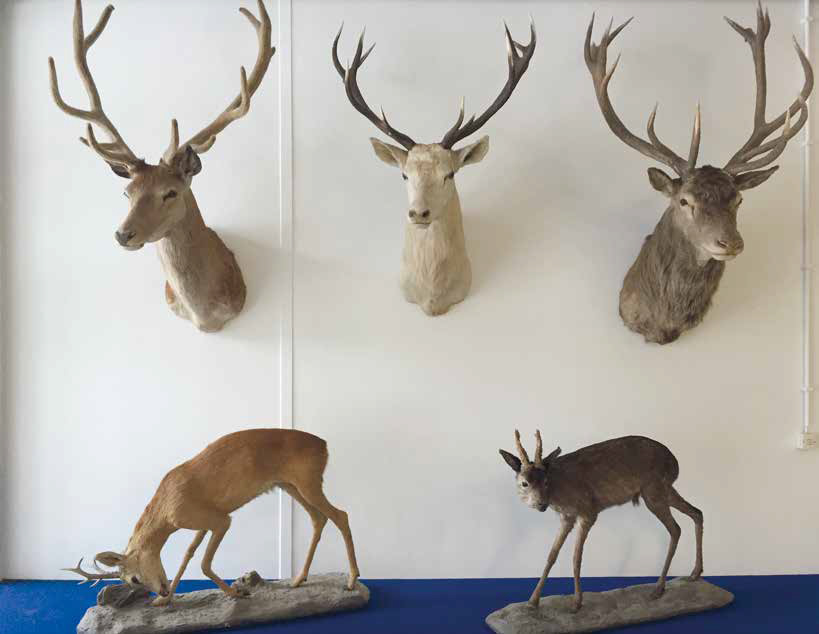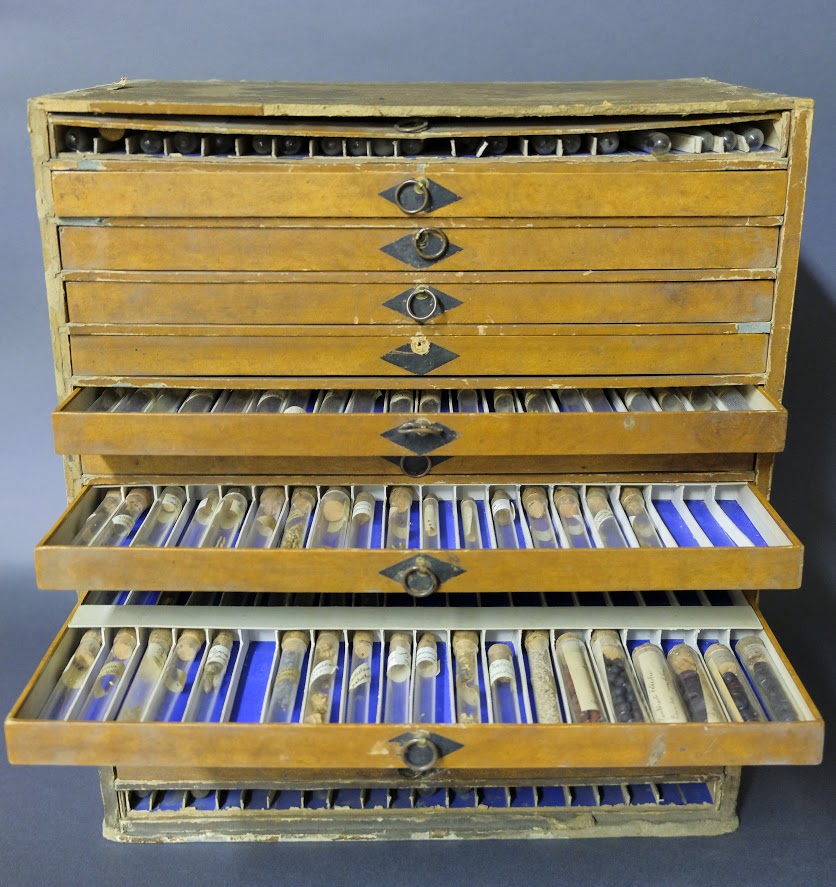Sammlung von Algenkulturen
Die Sammlung von Algenkulturen der Georg-August-Universität Göttingen (internationales Akronym SAG) ist weltweit eine der größten und ältesten Kulturensammlungen für Mikroalgen und Cyanobakterien. Als biologisches Ressourcenzentrum dient sie weltweit der Wissenschaft, Lehre und Biotechnologie.
Alter Botanischer Garten
Der Experimentelle Botanische Garten
Der Neue Botanische Garten ist der experimentelle Versuchsgarten der Universität Göttingen: Wissenschaftliche Forschung, Pflanzenanzucht für die Lehre, Umwelterziehung, Erhaltung bedrohter Arten und Information für die Bevölkerung sollen darin ihren Platz finden.
Forstbotanischer Garten und Pflanzengeographisches Arboretum
Der Forstbotanische Garten in Hann. Münden wurde 1870 unter der Leitung von Gartenmeister ZABEL (1828-1912) eröffnet. Mit dem Garten sollte den Forststudenten Anschauungsmaterial geliefert werden und die Möglichkeit bestehen, Züchtungsarbeiten sowie andere Untersuchungen vornehmen zu können.
Forstbotanischer Garten und Pflanzengeographisches Arboretum
Der Forstbotanische Garten in Hann. Münden wurde 1870 unter der Leitung von Gartenmeister ZABEL (1828-1912) eröffnet. Mit dem Garten sollte den Forststudenten Anschauungsmaterial geliefert werden und die Möglichkeit bestehen, Züchtungsarbeiten sowie andere Untersuchungen vornehmen zu können.
Geowissenschaftliche Sammlungen
Das Geowissenschaftliche Museum der Universität Göttingen ist eines der wenigen Museen in Niedersachsen mit öffentlich zugänglichen Ausstellungsbereichen zu Themenbereichen aus der Geologie, Mineralogie und Paläontologie.
Universitätsherbarium
Das Herbarium (internationales Akronym GOET) verfügt über 800.000 Herbarbelege von Pflanzen weltweit, wovon mehr als 10.000 Typus-Belge sind. Zu den ältesten Sammlungen gehören heute die von Friedrich Ehrhardt, sowie eine Sammlung von Pflanzen aus der Südsee, welche von Georg Forster gesammelt und der Universität übergeben wurde.
Sammlung des Departments für Nutztierwissenschaften (DNTW)
Lehrsammlung, die Tierskelette, Tierschädel, historische Tiermodelle, Woll- und Fellproben, Glasplattenpositive und Messinstrumente beinhaltet, die teilweise auf Beginn des 20. Jahrhunderts datiert werden können und vornehmlich aus Feldforschung stammen.
Vergleichssammlungen der Palynologie
In der Abteilung für Palynologie und Klimadynamik werden Pollen und Sporen gesammelt, um die Vegetationsgeschichte zu erforschen. Die Sammlung ist eine reine Forschungs- und Lehrsammlung und wird nicht ausgestellt.
Pharmakognostische Sammlung
Die 1836 gegründete Sammlung enthält Heilpflanzen des 19. Jahrhunderts. Viele von ihnen sind in den originalen Gläsern und Schachteln aufbewahrt. Neben pflanzlichen Drogen gibt es einige tierische Präparate wie Moschusdrüsen und Elchklauen. Zu den Besonderheiten gehört ein Stück Rinde des »Hemdenbaumes«, das Alexander von Humboldt in Südamerika gesammelt hat.
Biodiversitätsmuseum
Im Johann-Friedrich-Blumenbach-Institut für Zoologie und Anthropologie der Universität Göttingen angesiedelt, beherbergt das Biodiversitätsmuseum weit über 100.000 präparierte Tiere in Gläsern, Schachteln und Kästen. Viele davon sind kostbare Schätze.
Wildtierwissenschaften
Die Wildtierwissenschaften befassen sich mit den Wechselwirkungen zwischen Wildtieren und ihren Lebensräumen in unterschiedlichen Ökosystemen. Der Ursprung der Sammlung geht auf die wildbiologische Forschungs- und Lehrtätigkeit der im Jahr 1868 in Hannoversch Münden gegründeten Forstakademie zurück. Heute zeigt die Sammlung Exponate heimischer und exotischer Wildtiere, wobei der Schwerpunkt auf Geweihen und Hörnern von Säugetieren liegt.
Sammlung Botanischer Nasspräparate
Paläo-Ethnobotanische Sammlung Willerding
Sammlung Pflanzenbau
Pflanzenbau ist das Lehr- und Forschungsgebiet von Anbau, Pflege und Ernte landwirtschaftlicher Kulturpflanzen. Die Sammlung umfasst Aufbewahrungs- und Demonstrationsbehältnisse mit Originalsaatgut (1900), ca. 100 großformatige, in Handarbeit entstandene Lehrtafeln vom Ende der 1950er Jahre und ca. 80 Unkrauttafeln von Emil Korsmo aus den 1930er Jahren.
Botanische Lehrtafeln
Die Universität Göttingen bewahrt eine Sammlung von über 2000 Lehrtafeln, die seit dem Ende des 19. Jahrhunderts in der Lehre der Botanik eingesetzt wurden. Dazu wurden einerseits publizierte Reihen von Lehrtafeln angeschafft, andererseits wurden kontinuierlich, teils von den Forschenden und Lehrenden selbst, meist von den Zeichnern des Instituts individuelle Tafeln für die Verwendung im Hörsaal angefertigt.




















